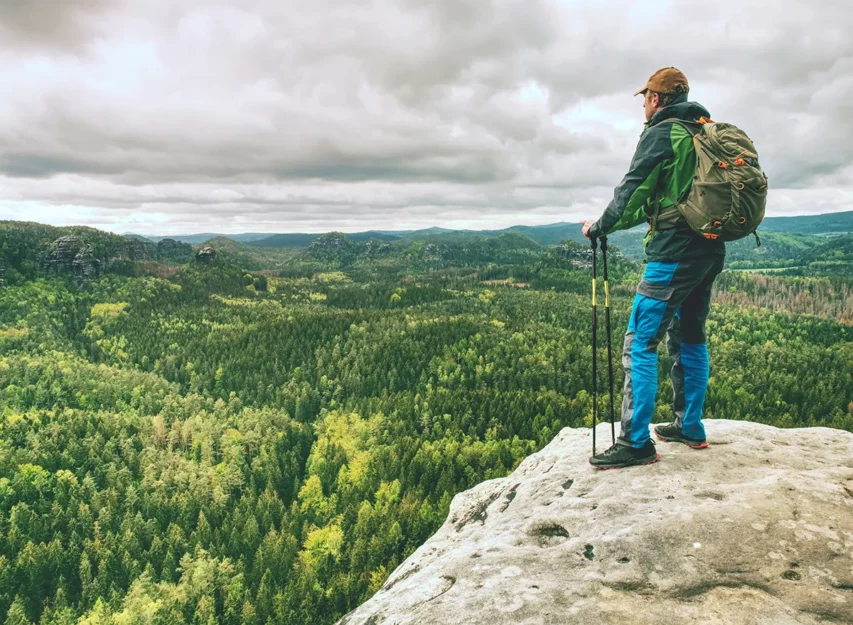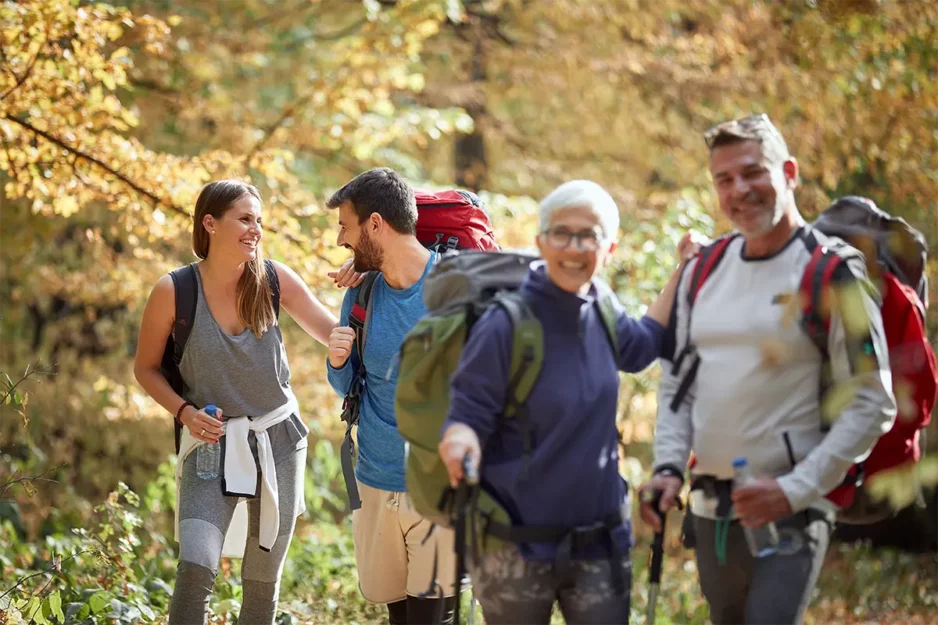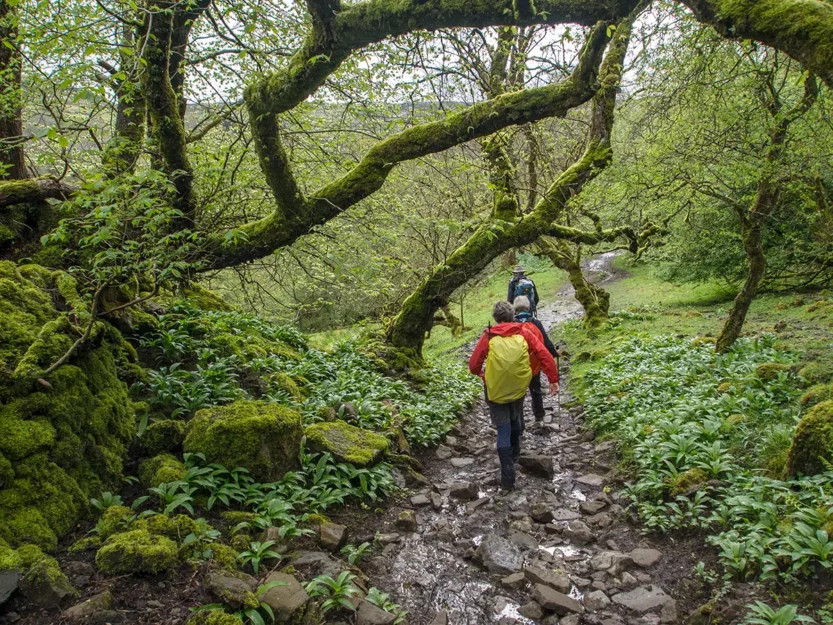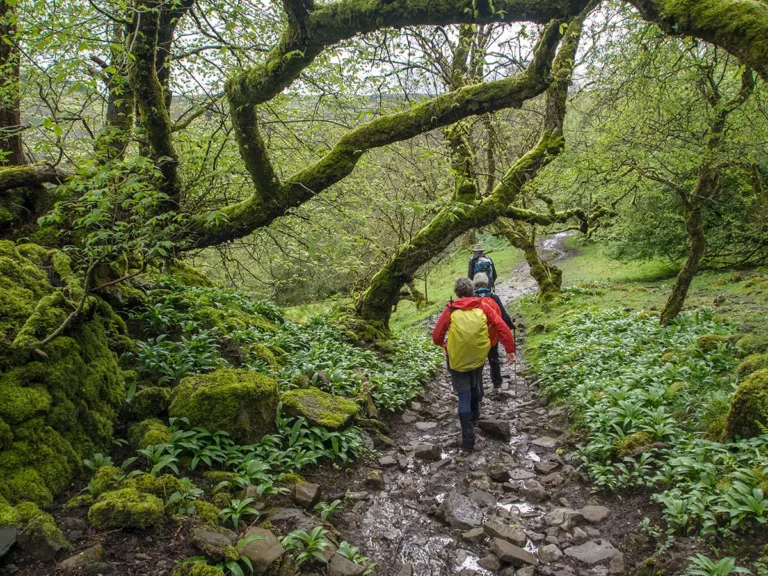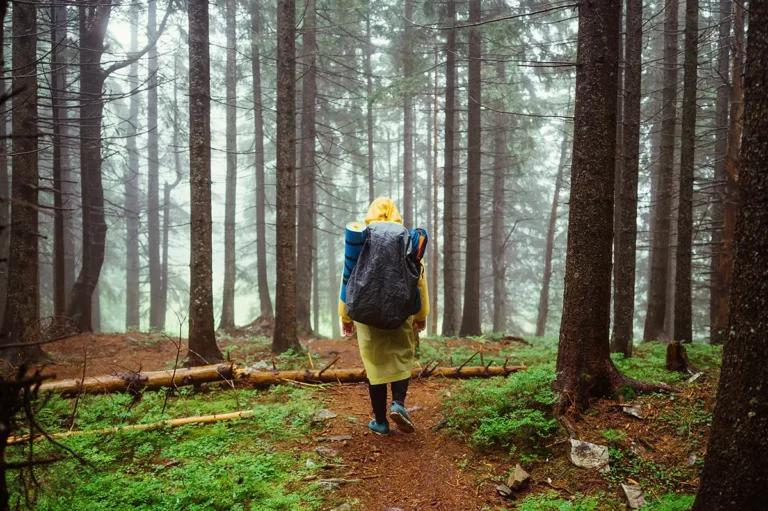Quick answer: How much water to bring on a hike When hiking in moderate weather conditions, set a goal to drink 1 liter of water (36 ounces) every hour and a half, and always bring extra. Since the average hiking pace is two miles per hour, a 5-mile hike requires at least 2 liters of water.
How much water to bring on a hike
Many years ago, a friend and I set off to hike the North Peak trail via Bridge Mountain in Red Rock Canyon, about seven miles round-trip. Halfway through, we met two friendly hikers that invited us to join them on a challenging but “shorter” path to a better summit view.
Ten miles later, and still miles from the truck, we ran out of water. Caught up in the excitement, we failed to realize the amount of water we brought was perfect for the hike we planned but not for the one we took. Never trust a “shortcut.”
Thankfully, when we connected back to the main trail, a Jeep offered us a few water bottles — it was visually apparent we weren’t doing well.
Having enough supplies and sticking to your plan are vital when hiking. This hike would have ended badly if we were on a more remote trail or a few more miles out.
Several factors come into play when estimating how much water to bring on a hike. This article helps you better gauge your water intake based on these variables while explaining more about dehydration and overhydration.

How to estimate water intake for hikes
When hiking in moderate weather conditions, set a goal to drink 1 liter of water (36 ounces) every hour and a half, and always bring extra. Since the average hiking pace is two miles per hour, a 5-mile hike requires at least 2 liters of water.
By drinking plenty of water the day before and hours leading up to your hike, you can better prepare your body for fluid loss and remain better hydrated on the trail.
Hydrating during physical activity is to replace the fluids lost through sweating. After losing greater than 2% of your body weight, physical performance declines, and health risks increase.
Your water loss, and subsequent water need, are all determined by your sweat rate. The average person sweats up to 1.5 gallons per day. Adding physical activity can push it to 1 gallon per hour.
Factors that influence sweat rate are:
- Temperature
- Humidity
- Solar radiation
- Wind
- Fitness level
How temperatures affect water intake
In 2020, the International Journal of Environmental Research and Public Health published a study on the effects of heat on hikers. Twelve participants hiked Tempe Butte in temperatures of 104 and 73 degrees.
The study found sweat rates nearly doubled in high heat.
Hikers in high heat required 2.26 liters of fluid (76.4 ounces) over an average hike of 105 minutes compared to 1.28 liters of fluid (43 ounces) for the 94 minutes hiked in moderate heat.
Interestingly, during moderate-temperature weather, hikers didn’t feel the need to drink much water, consuming less than required and less than they brought.
In high-heat trials, some participants drank more fluid than needed, running the risk of overhydration, causing a dangerous and deadly disorder.
Pace your water consumption during hikes
Drinking too much water can be just as harmful as not drinking enough. One of the most common medical complications of long-distance racing and endurance events is exercise-associated hyponatremia.
Excessive water dilutes the sodium levels in the blood, which is vital for the proper functioning of organs, including the brain.
As the study referenced earlier showed, it’s easy for your mind to get lost hiking in beautiful weather and not drink enough water.
Plus, few trails have mile markers or landmarks to even guide your pacing.
Tracking your water is easiest when hiking an out-and-back trail. There’s a halfway point with this type of trail, and you hike back on the same path, providing familiarity.
Many popular activity-tracking apps, like Strava, use GPS to track your distance, making it easy to take a glance and drink 12 to 15 ounces per mile.
Calculating your sweat rate and fluid needs.
You can continue to guess how much water to bring on a hike or correctly measure to ensure you’re drinking a safe amount. To calculate your sweat rate and fluid needs follow these steps:
- Weigh yourself before hiking. Remember what you were wearing on the scale; it makes a difference in the last step.
- Weigh or measure all of the water you’re bringing. Don’t dump any out after your hike; you’ll need to track your total water consumption.
- Go Hiking.
- Weigh yourself after hiking. Wear the exact pieces of clothing worn when you first weighed yourself. Subtract this from your before weight to determine the amount of fluids lost.
- Determine if you drank enough water.
- Multiply your original weight x .01. This is 1% of your body mass.
- If the number of fluids lost is higher than your 1% body mass, you didn’t drink enough water.
Calculation example: 180 pounds before – 177 pounds after = 3 pounds of fluid loss. 180 x .01 = 1.8 pounds. 3 lb > 1.8 lb = Not enough water.

Risks of dehydration and heat-related illnesses on hikes
It’s difficult to ignore the physical risks of hiking when side-stepping rocks on a steep mountain and looking down a sheer cliff. But deadly heat-related illnesses are the invisible danger you must worry about on hikes.
Heat-related illnesses include:
- Heat stroke
- Heat exhaustion
- Rhabdomyolysis (muscle breakdown)
- Heat cramps
- Heat rash
The most severe heat-related illness is heat stroke. Heat stroke is when the body stops controlling its temperature, causing a rapid rise and shutdown of the sweating mechanism, preventing the body from cooling.
Symptoms of heat stroke include confusion, slurred speech, seizures, and loss of consciousness.
Heat exhaustion is more common on hikes due to excessive fluids and electrolyte loss. Symptoms of heat exhaustion include:
- Nausea
- Dizziness
- Weakness
- Headache
- Irritability
- Extreme thirst
- Fever symptoms
- Heavy sweating
Always listen to your body when hiking. If you feel dizzy, are cramping, or just not feeling right, stop and take a break. Find shade, drink plenty of water, and eat a trail mix or beef jerky snack.
If your symptoms remain or worsen, continue drinking water and seek immediate medical attention.
Final thoughts
While water is vital for your body, staying hydrated on long hikes or hot days requires replenishing your electrolytes too.
Electrolytes are essential minerals key to many of the body’s functions.
When asked why electrolytes are essential, Erika Der Sarkissian, a clinical dietician with Cedars Sinai, explains, “they regulate muscle contractions and keep you hydrated. Electrolytes also help balance your pH levels (the measure of acidity and alkalinity).”
Electrolyte replenishing snacks to bring with you on hikes are:
- Beef jerky & meat sticks
- Trail mix
- Dried fruits
- Peanuts
- Granola bars
- Pretzels
The clothes you wear hiking also affects your body’s core temperature. Always wear loose-fitting, moisture-wicking clothing and avoid cotton.
When you sweat, the evaporation cools the body, helping to prevent heat exhaustion and other heat-related illnesses.
When getting started hiking, easy, short trails will help you acclimate and better prepare for future hikes. You wouldn’t get up and run a marathon, so don’t expect to hike a long, daunting distance without practice and experience.
Are you comfortable knowing how much water to bring on a hike? Share this article across your socials; you might save someone from a dangerous hike.


